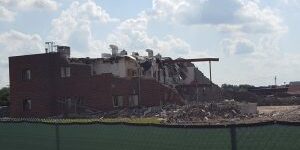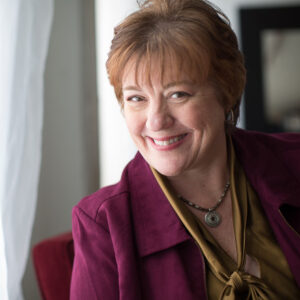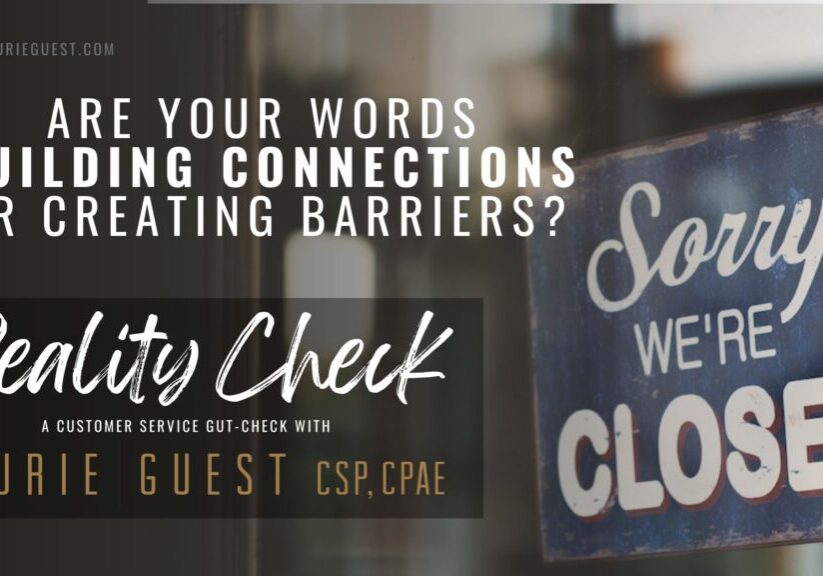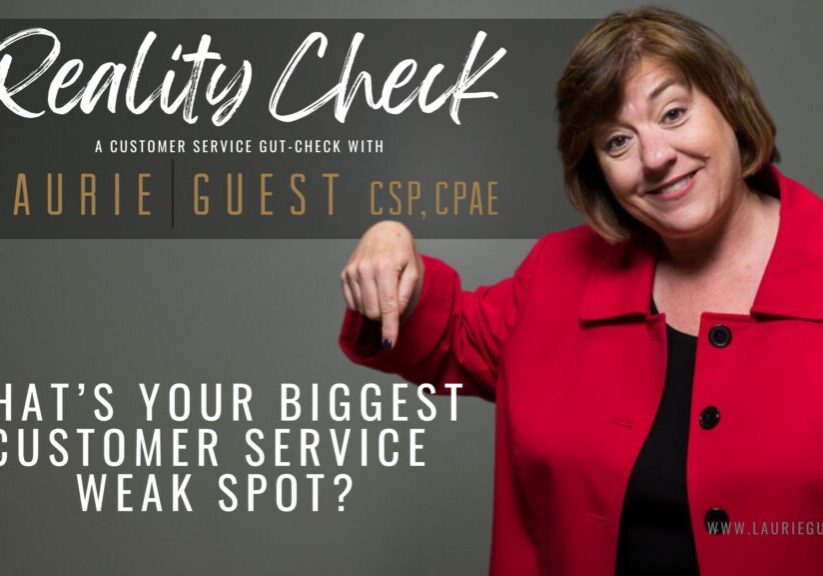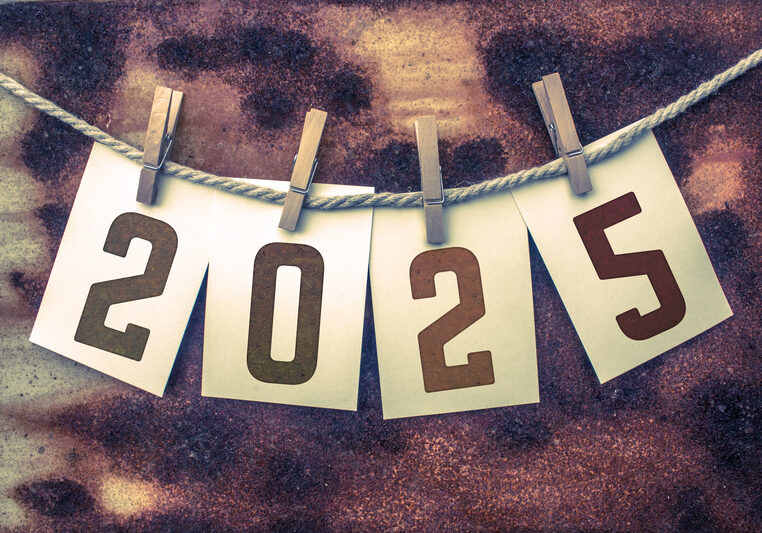The windows of the old brick building stare blankly as the demolition crew does their work. The growls of diesel engines, the beeping of trucks in reverse, the shattering of glass, and the crashing of collapsing concrete and brick echo across the lot. That one there—on the second floor, southwest corner — right where they are going to tear down next — that used to be my office.
I remember when they built her, brick by brick. We moved in in March of 1987. I was a new employee at Midwest Eye Surgeons. I remember the day I first walked into our beautiful new 30,000 square foot, state-of-the-art facility. The floor had just been poured and she reverberated like an empty stadium—no walls or doors. All I saw was possibility. The management team had spent months picking out carpet, wallpaper, and paint. They chose mauve and grey, trendy at the time and so classy. We changed our company name to the Hauser-Ross Eye Institute and I felt so proud to be part of an organization that knew how to train staff to excel, no matter what our experience or educational level was.
In that building, I learned the importance of great customer service and how giving people the gift of sight is only half of our job. Our tagline—“We Make it Easy on You”—was taken seriously by every member of our team. At our peak, we had 9 surgeons and over 110 staff who worked together liked a well-oiled machine. Did we have conflicts? Of course! Did I mention I worked with over 100 women? Yes, there was drama on some days but our patients and their families never saw or heard it.
It was there that I learned about leadership—that to be superior, we couldn’t just employ great surgeons and staff; we had to be unique in all we did. We were the first to offer transportation in healthcare. Our fleet of six station wagons and drivers traveled within a 100-mile radius to bring people without wheels into our office for surgery. Our staff chef, the wonderful Margaret (Margo) Travis, made homemade blueberry muffins every day so the wait time would be a little more pleasant for patients. Glass-walled observation booths in our surgical suites allowed family members to watch live surgery while someone narrated the process to them in a caring way. It may sound awful but it was very cool. No one else in our industry was doing those types of things in the 90s, but we sure were, and I was proud.
Inside those brick walls, I learned how to speak in a way that allowed me to be more professional and have a bigger impact on our patients and on the people I managed. I laugh when I remember the time when, as a brand-new technician I wrote a note to Dr. Ross and placed it on a patient’s chart thinking I was being helpful: “FYI – Patient is a little snotty.” Later Dr. Ross pulled me aside and reminded me that anyone could have seen that note, including our patient. He told me he appreciated the heads up but asked if in the future, I could please just say, “This patient has some concerns” and let that be our code word for “snotty.” When I left that job more than 16 years later, I found that sticky note taped to the back page of my personnel record with the date and time marked in his handwriting—documentation to my manager that I had been coached on this and from here on out should know better. And I did. When we know better, we do better.
Our old building survived a freak August storm that tore off her roof during patient hours. They officially called it a “wind shear,” but several of us saw the funnel cloud minutes before it hit. That “wind shear” turned into the devastating tornado that hit Plainfield, Illinois in 1990, killing 29 people and injuring 353—the only F5 tornado ever to strike the Chicago area. But our building held up for us. We lead dozens of people to safety and we all got out without a scratch.
She survived many remodels and several changes in leadership while standing strong. Not a single speech I have given over the last twenty years has failed to include at least one story about my time there. She continues to provide for my family long after my days within her are done.
And I learned the value of friendship in that building—about the close connections that can form when good people share a common goal. Many of the special bonds we created continue to enrich our lives so many years after we have left those walls. Many of us who worked there during the early years still have fond feelings about our experiences there. Our lives were shaped by the opportunities we were given.
But now those walls are coming down. The building was sold a few years ago. The new owners don’t want her.
There’s no way the demolition crew can understand the special importance of what they’re knocking over. To them, it’s just another pile of bricks and shingles and wire and glass, which was confirmed by the foreman I talked to last week, who looked slightly impatient when I got teary eyed asking for a brick.
And maybe they’re right. When the machinery falls silent and the workmen have left for the day, I’m going to grab a piece of rubble to keep in a prominent location in my office—a small reminder that the people, lessons, and memories we value most are made of things much hardier than brick.

